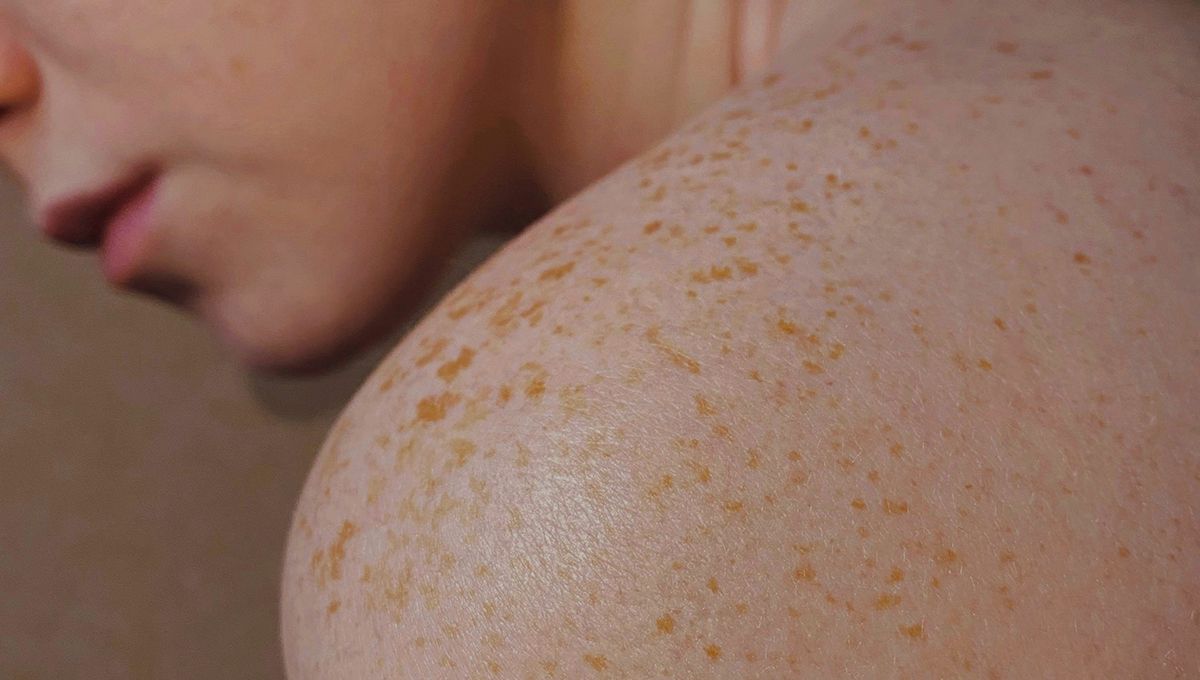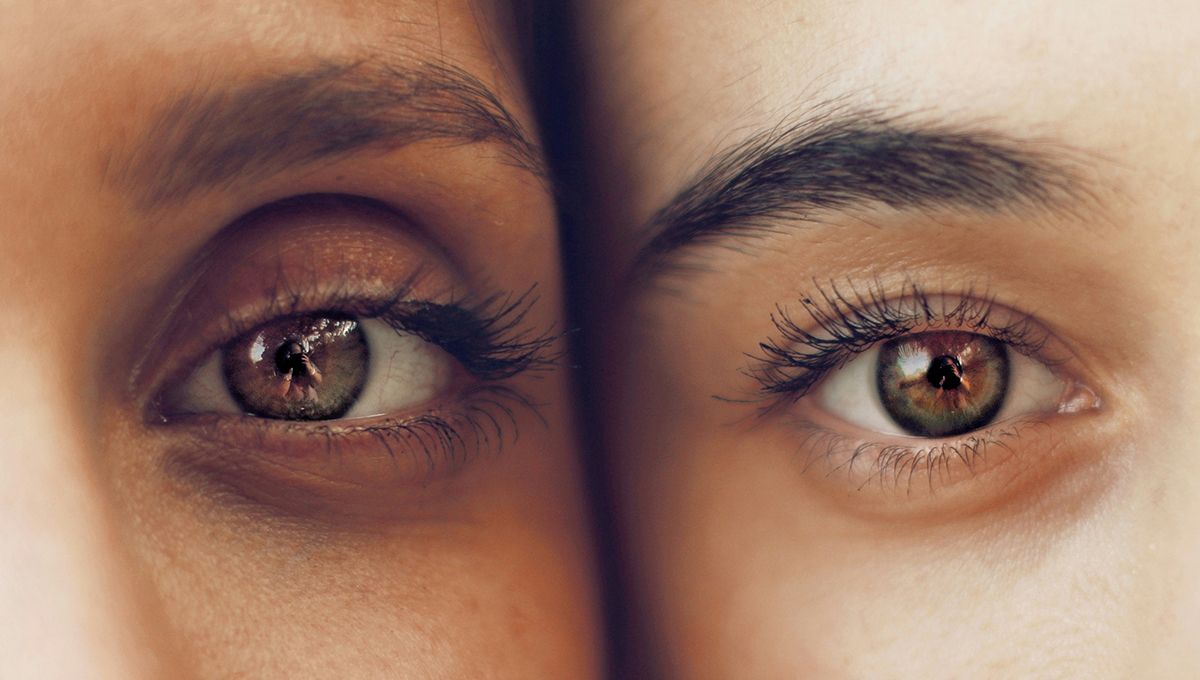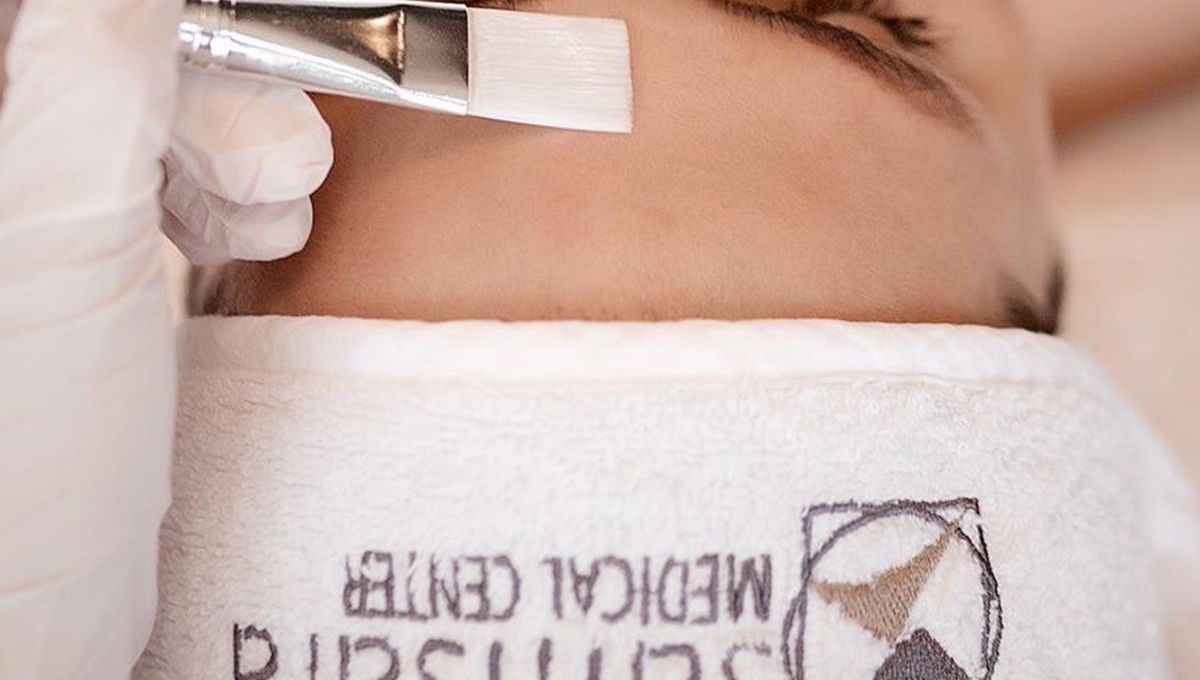
Aesthetic medicine: is it true what they say?
Aesthetic medicine is a very topical subject, given the continuous increase in demand for aesthetic treatments in recent years, especially in Ticino and Lugano. Despite this, care must still be taken when talking about it because of the many stereotypes that characterise it negatively.
Below we have compiled a list of the most common stereotypes related to the world of aesthetic medicine:
The results are always exaggerated: first and foremost is the belief that those who undergo medical-aesthetic treatments necessarily distort their features, exaggerating them. In reality, an artful retouching is one that improves and harmonises the face without a noticeable change.
Women who undergo aesthetic medicine treatments all look like they have had a makeover and are all the same: aesthetic medicine has to be differentiated from cosmetic surgery because it does not use invasive treatments that require long recovery times. Moreover, every face has different features and proportions and needs customised treatments in order to achieve a good result.
It's only for women: in recent years, more and more men have approached the world of aesthetic medicine, thanks in part to many celebrities who have now cleared the way. Among the most popular male treatments are botox, fillers, permanent hair removal and non-surgical belfaroplasty.
Lip fillers = pucker lips: this stereotype originated in the 2000s with the use of non-absorbable (silicone) fillers that made the lips look unnatural and disproportionate. Today, thanks to the use of resorbable and safe materials such as hyaluronic acid, lips do not risk having this artificial appearance, considering that the aim of today's treatments is to achieve natural and discreet results.
It is dangerous: the end result of any treatment depends on the skill and experience of the doctor and the quality of the product used. If one relies on expert hands that favour the use of quality materials, it is almost impossible to expose oneself to the risk of nasty surprises.
Botox = inexpressiveness: the 'frozen' effect is given by an excess of the product which, instead of relaxing the mimic muscles, immobilises them, causing rigidity and, in borderline cases, eliminating facial expression. The result here also depends on the experience and common sense of the doctor to whom one turns.
The main objective of aesthetic medicine is to help patients improve something about their appearance that they do not like, supporting them in the process of enhancing their beauty and achieving serenity, finally feeling good about their physical appearance.
_________
Photo by Diana Polekhina on Unsplash









